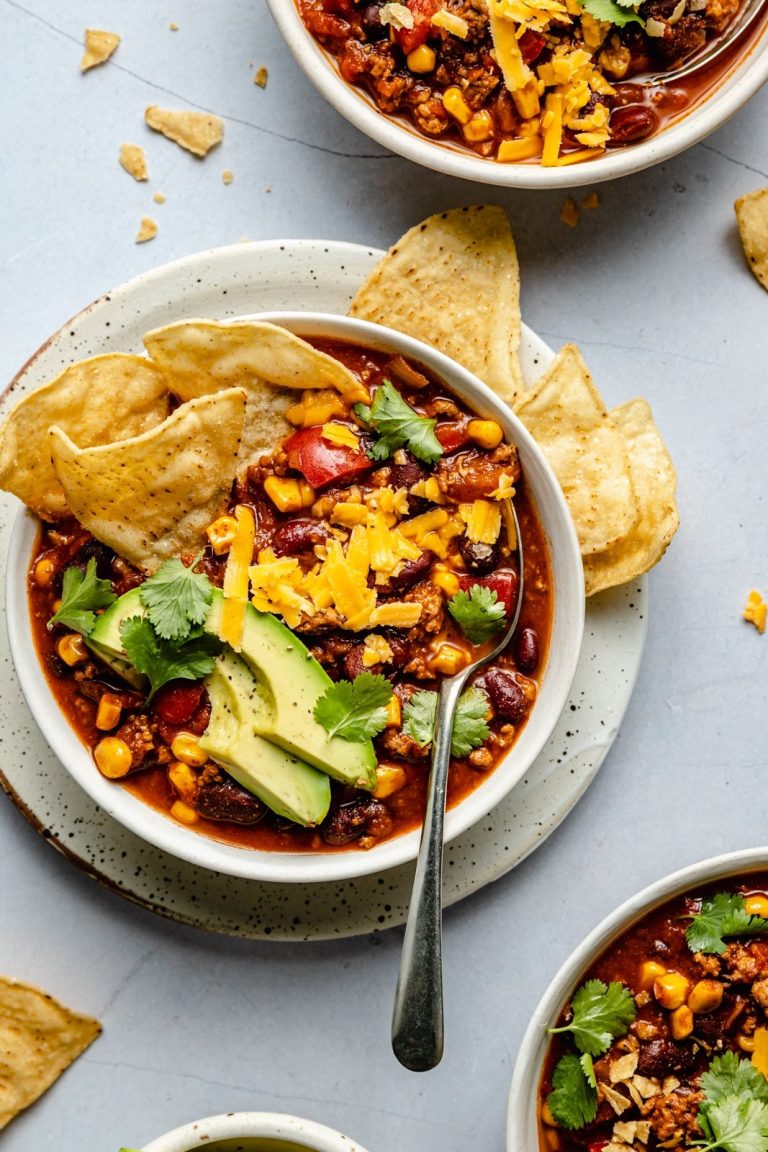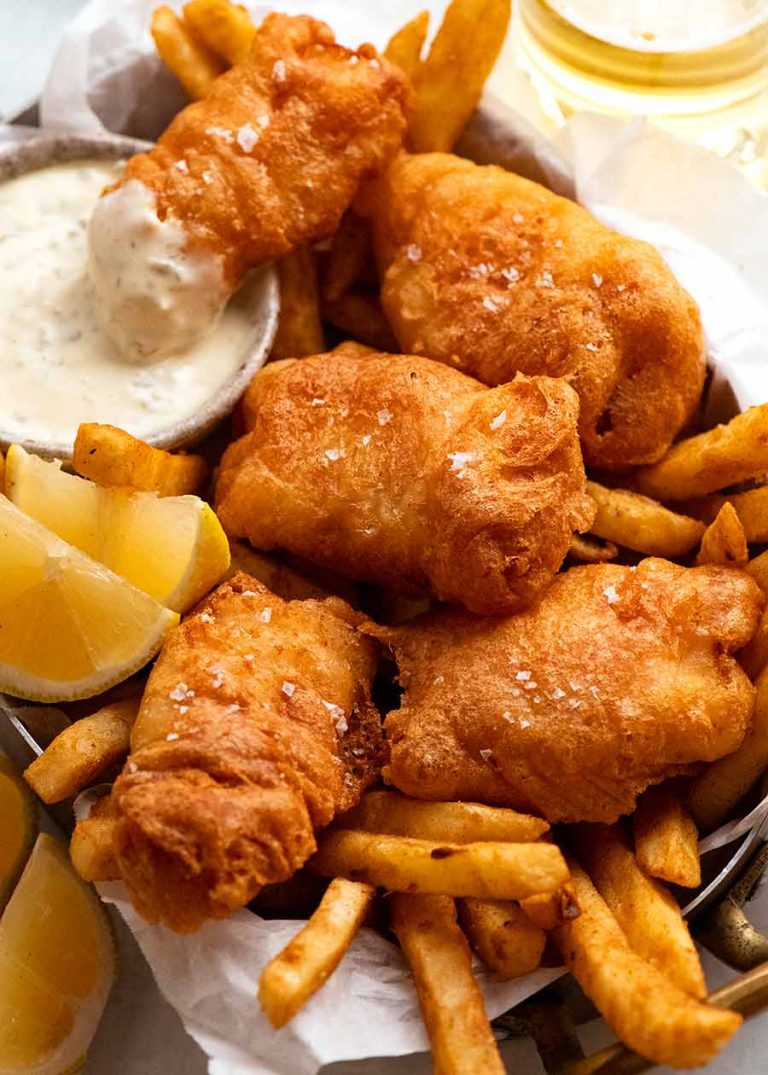Mexican Rice and Beans: History, Recipes, and Perfect Pairings
Mexican rice and beans have deep historical roots dating back to pre-Columbian times. Indigenous populations cultivated beans, a core component of their diet, for thousands of years. Rice, a relatively later introduction, came to Mexico with Spanish colonizers in the early 16th century. This blend of native ingredients and European influences created a culinary staple rich in tradition and culture. The Aztecs, for instance, relied on beans as a primary protein source, often consuming them alongside maize. The Spanish influence gradually introduced rice into everyday meals, creating the signature combination of rice and beans known today.
Regional Variations
Mexican rice and beans exhibit significant regional variations across the country. In northern Mexico, red rice, known as “Arroz Rojo,” typically incorporates tomatoes, onions, and chili peppers. This variation often pairs with pinto beans seasoned with garlic and bay leaves. Central Mexico favors green rice, “Arroz Verde,” which uses cilantro and parsley for a distinct color and flavor, commonly served with black beans. In southern regions, yellow rice, “Arroz Amarillo,” includes turmeric or annatto for a vibrant hue, often accompanied by black beans cooked with epazote. These variations reflect the diverse agricultural products available in different areas, contributing to the unique regional flavors of Mexican cuisine.
Key Ingredients and Preparation Techniques
Ingredients for Authentic Flavor
Use specific ingredients to achieve an authentic flavor in Mexican rice and beans. Fresh vegetables and traditional spices form the base:
- Rice: Long-grain white rice delivers the best texture.
- Beans: Use pinto, black, or kidney beans for varying flavors.
- Tomatoes: Fresh or canned tomatoes provide rich flavor.
- Onion and Garlic: Essential for aroma and depth.
- Spices: Cumin, coriander, and chili powder add warmth and complexity.
- Broth: Chicken or vegetable broth enhances the flavor.
- Herbs: Fresh cilantro and bay leaves for aroma.
- Olive Oil: Prevents sticking and enhances flavor.
Cooking Methods
Apply traditional methods to enhance the texture and flavor of Mexican rice and beans:
- Sautéing: Sauté rice in olive oil until lightly browned to improve texture and flavor.
- Simmering: Simmer rice in broth with tomatoes, onions, garlic, and spices.
- Beans Preparation: Soak beans overnight to reduce cooking time; simmer with bay leaves and spices.
- Combination: Mix cooked beans with rice before serving for even flavor distribution.
- Resting: Let the dish sit covered for 5-10 minutes to allow flavors to meld.
Following these techniques ensures your Mexican rice and beans are flavorful and authentic.
Nutritional Value of Mexican Rice and Beans
Health Benefits
Mexican rice and beans provide a nutrient-rich combination that supports various health aspects. They deliver high levels of protein, essential for muscle repair and growth. Beans, rich in dietary fiber, aid digestion and help maintain healthy cholesterol levels. The dish offers vitamins such as B6 and folate, which boost energy and support brain function. Minerals like iron, magnesium, and potassium, found in both rice and beans, are crucial for numerous bodily functions, including oxygen transport, nerve function, and blood pressure regulation.
Calorie Content
Understanding the calorie content of Mexican rice and beans helps manage dietary intake. A typical serving of one cup contains around 200-250 calories, with slight variations based on preparation and ingredient choices. Rice, contributing approximately 150 calories per cup, is a major calorie source. Beans add about 50-100 calories per half-cup, depending on the type. The remaining calories come from added oils, vegetables, and seasonings. This makes the meal a moderate caloric option when you’re balancing nutrient density and energy needs.
Serving and Pairing Ideas
Complementary Dishes
Include several complementary dishes to enhance your Mexican rice and beans experience. Tacos, enchiladas, and tamales, featuring various fillings like chicken, beef, or vegetables, add a substantial and flavorful component. Guacamole, salsa, and pico de gallo offer refreshing and tangy contrasts. Consider serving a side of fresh or grilled vegetables, such as corn, zucchini, or bell peppers, for added texture and nutritional value. Incorporate a simple salad with avocado, tomato, and lime dressing to freshen up the plate.
Beverage Pairings
Pair your meal with beverages that complement the flavors of Mexican rice and beans. Traditional options include horchata, a sweet rice milk drink, and agua fresca, made from fruits like watermelon or hibiscus. For alcoholic choices, consider margaritas, micheladas, or a Mexican lager beer. Freshly squeezed limeade or a chilled glass of hibiscus tea also provide refreshing non-alcoholic options. Consider your guests’ preferences and the overall meal experience when selecting these beverages.
Conclusion
Mexican rice and beans offer a delightful blend of flavors and nutritional benefits that make them a staple in many households. Whether you’re exploring regional variations or experimenting with different serving ideas, this versatile dish can easily be tailored to your taste. Pair it with complementary dishes and beverages to create a memorable dining experience. By incorporating fresh vegetables and salads, you can enhance both the texture and nutritional value of your meal. Embrace the rich history and diverse flavors of Mexican rice and beans in your cooking adventures.






